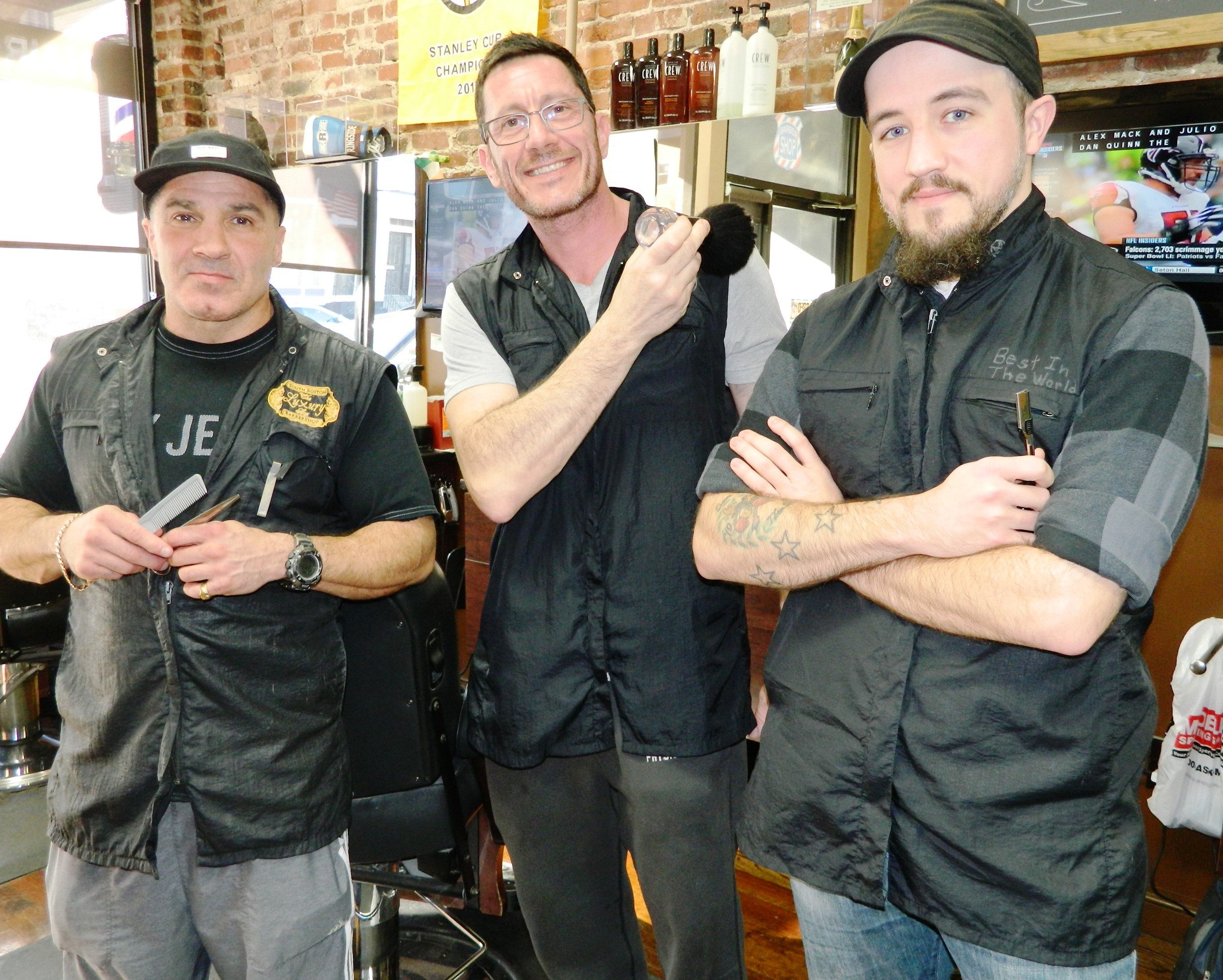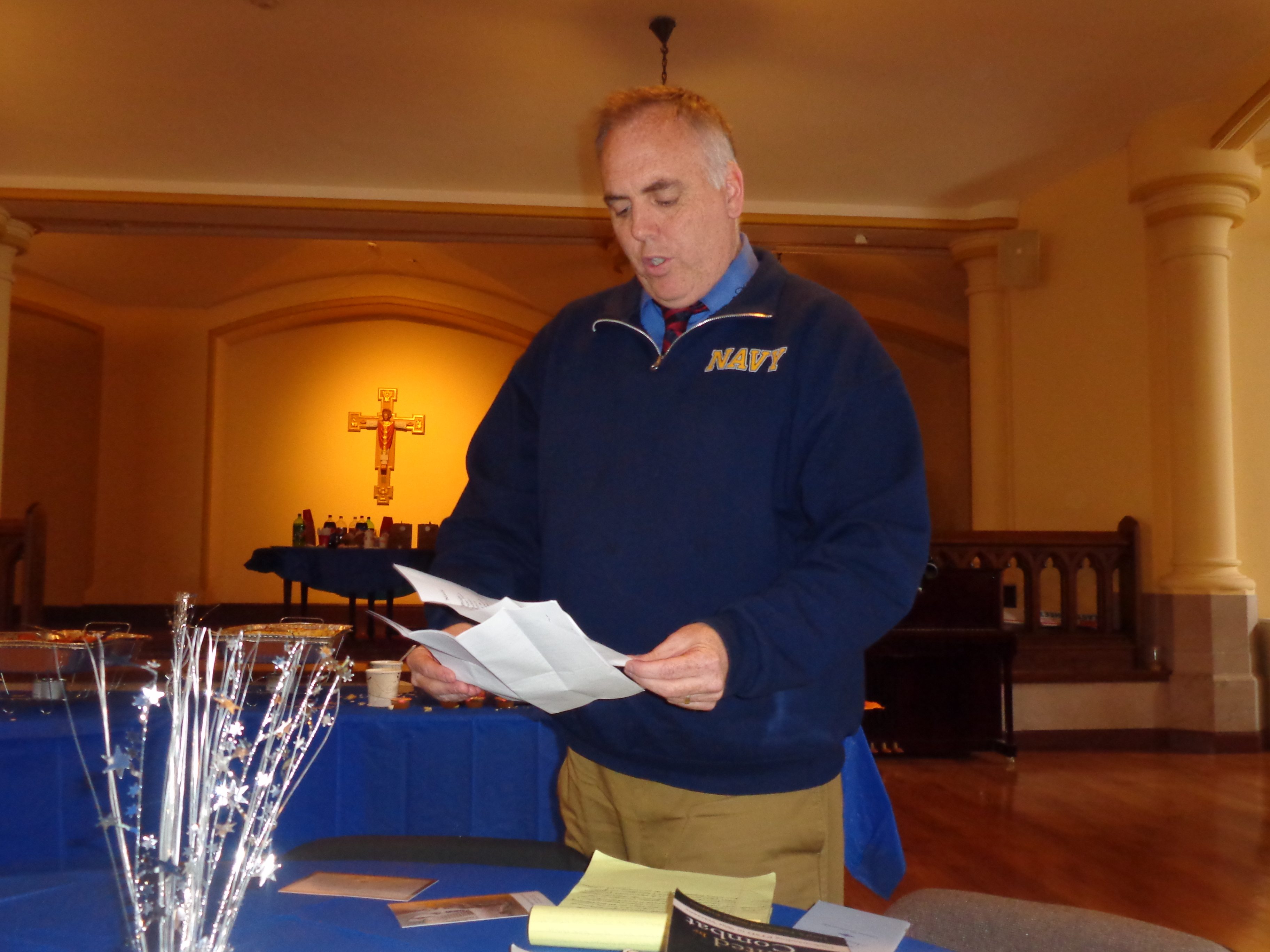Fog is often celebrated, like London’s, which has an iconic rain coat named after it. Tony Bennett sang about the morning fog in San Francisco, and fog is both title and subject of Carl Sandburg’s most well-known poem (“The fog comes in on little cat feet…”).
But “fog” is something else altogether when we’re referring to the acronym that stands for Fats, Oil and Grease: that FOG. Unlike Sandburg’s fog, FOG generated by cooking and poured down the drain does not eventually move on. Instead, FOG hardens in sewer pipes and can trigger serious health and environmental problems, most notably plumbing backups and sanitary sewer overflows. Here’s a sampling of FOG facts (see www.bwsc.org for additional FOG info):
- Once down a drain, cooling liquid FOG congeals into a solid mass, decreasing pipe capacity and restricting flow.
- Meat, other greasy food scraps and dairy products ground up in the garbage disposal also become FOG and accumulate in pipes.
- US Environmental Protection Agency (EPA) reported to Congress that FOG is responsible for 47% of all reported sewer blockages in the country.
- There are over 30 types of water-borne diseases that the public can be exposed to coming into contact with sanitary sewer overflows (SSOs).
- SSOs in public places often flow into storm drains, polluting our waterways.
- FOG can be costly for Boston homeowners, since owners are responsible for maintenance and repair of the sewer (sewer lateral) running from the basement to the BWSC’s sewer main in the street.
- Boston residents can order grease lids from BWSC any time of the year, by calling 617-989-7599, or by going online to bwsc.org.













